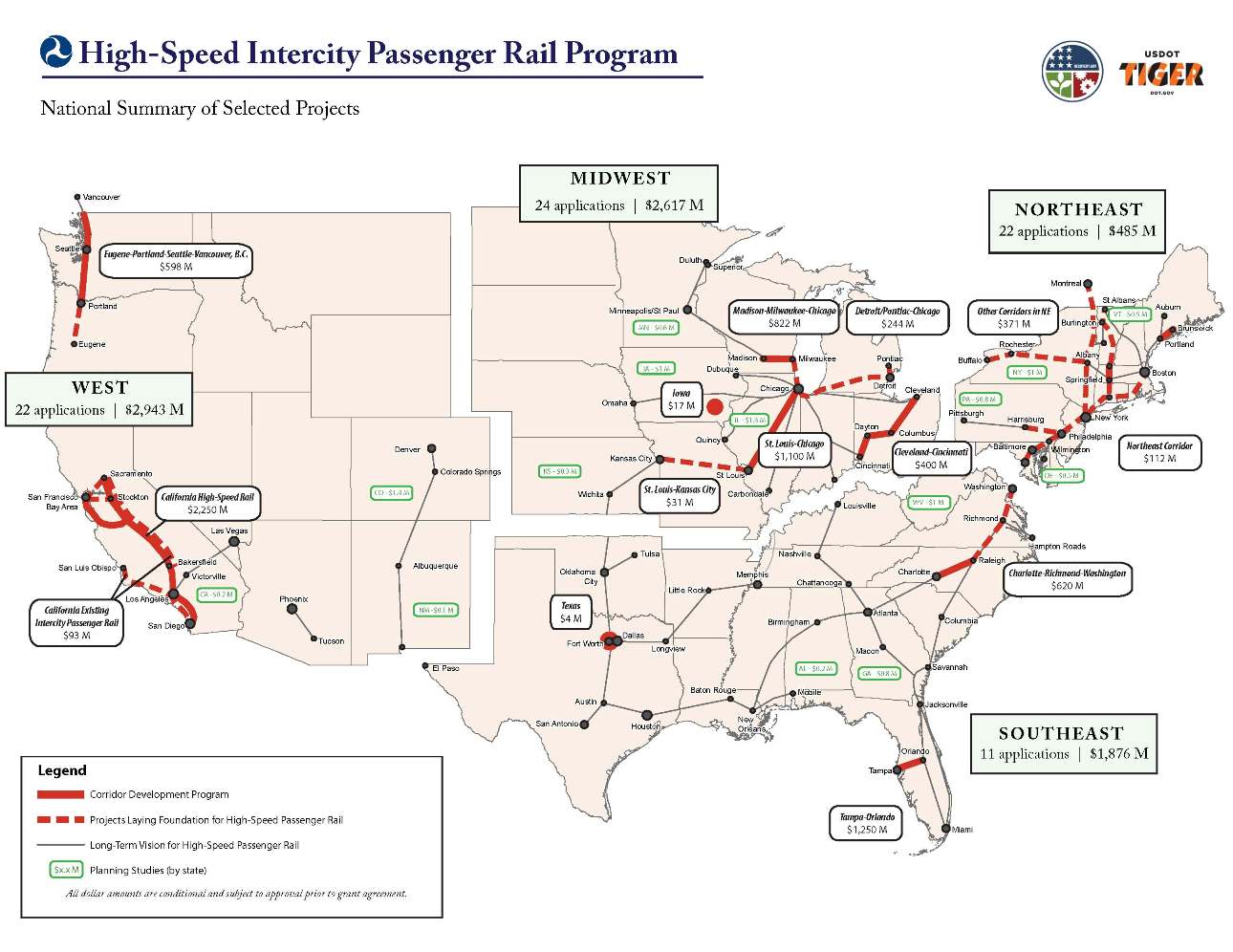




 tiesiog komfortabiliau. O del visureigio JAV tai manau butinybe kai aplink tokiu daug, retas avariju isvengia savo gyvenime.
tiesiog komfortabiliau. O del visureigio JAV tai manau butinybe kai aplink tokiu daug, retas avariju isvengia savo gyvenime.

 Is stoties i stoti su taksi. Viskas labai grazu. Bet kiek tu verslo keleiviu buna tokiuose marsrutuose? Pigiau kad bus tikrai nesinori tiketi ir kadangi anksciau tenka i stoti atvykti gaunasi panasi keliones trukme. Su taksi manau nepigu vazinetis JAV, delto kitame mieste tektu naudotis visai nepazistama ir neisvystyta VT sistema.
Is stoties i stoti su taksi. Viskas labai grazu. Bet kiek tu verslo keleiviu buna tokiuose marsrutuose? Pigiau kad bus tikrai nesinori tiketi ir kadangi anksciau tenka i stoti atvykti gaunasi panasi keliones trukme. Su taksi manau nepigu vazinetis JAV, delto kitame mieste tektu naudotis visai nepazistama ir neisvystyta VT sistema.
Comment